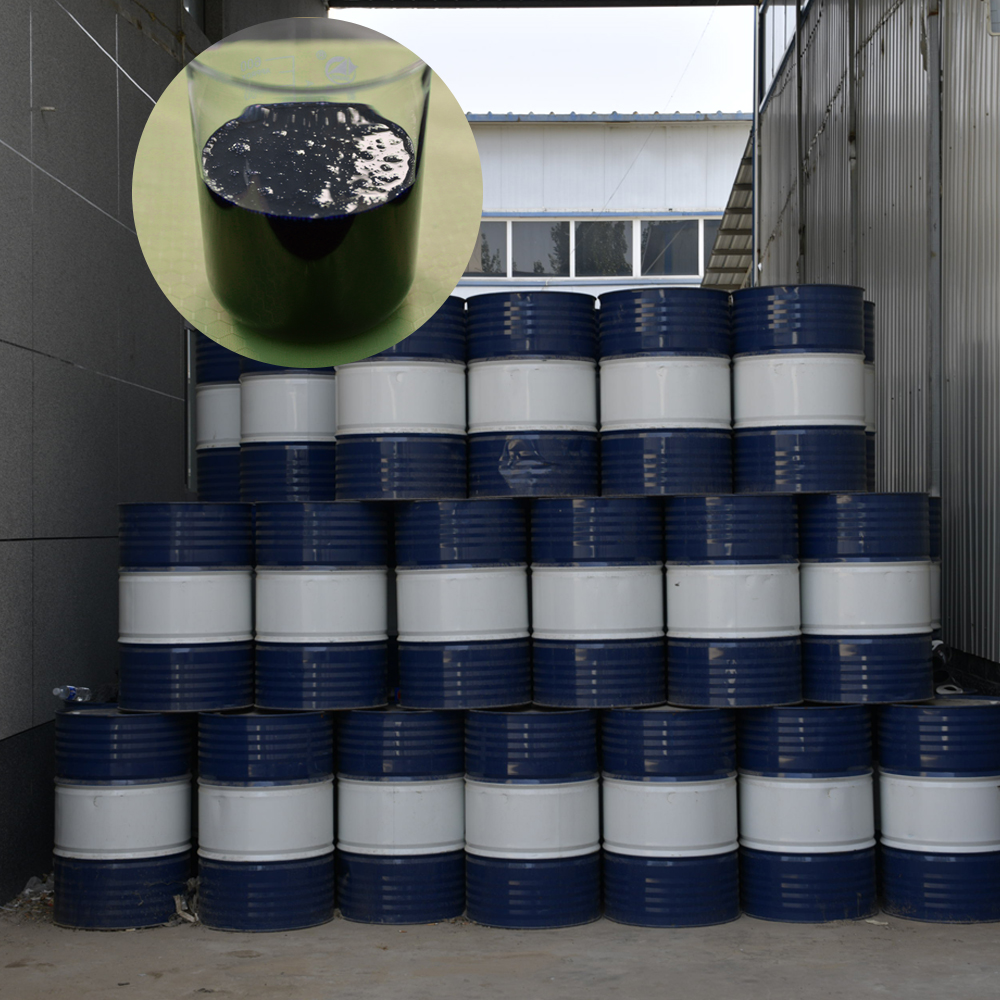Table of Contents
Benefits of Using Warm Mixing Asphalt in Highway Construction
Highway construction is a critical aspect of infrastructure development, and the materials used in the construction process play a significant role in the longevity and durability of the roads. One of the key materials used in highway construction is asphalt, which is a mixture of aggregates, binder, and filler. Traditionally, hot mix asphalt (HMA) has been the go-to choice for highway construction due to its high durability and resistance to wear and tear. However, in recent years, warm mix asphalt (WMA) has gained popularity as a more sustainable and cost-effective alternative to HMA.
| No. | Article Name |
| 1 | Warm mix asphalt additive |
Warm mix asphalt is produced at lower temperatures compared to hot mix asphalt, typically between 50-100 degrees Fahrenheit lower. This lower production temperature is achieved through the use of additives and technologies that allow for the mixing and compaction of the asphalt at lower temperatures. One of the key benefits of using warm mix asphalt in highway construction is its environmental impact. The lower production temperatures of WMA result in reduced energy consumption and lower emissions of greenhouse gases compared to HMA. This makes WMA a more sustainable option for highway construction, aligning with the growing emphasis on environmentally friendly practices in the construction industry.
In addition to its environmental benefits, warm mix asphalt also offers several advantages in terms of construction efficiency and quality. The lower production temperatures of WMA allow for longer hauling distances and extended paving seasons, as the asphalt remains workable for a longer period of time. This can result in cost savings for contractors and reduced downtime on construction projects. Furthermore, the lower temperatures of WMA reduce the risk of thermal cracking and aging of the asphalt, leading to a longer service life and improved durability of the roads.
Another key benefit of using warm mix asphalt in highway construction is its workability and compaction properties. WMA is known for its excellent workability and compaction characteristics, which result in a smoother and more uniform pavement surface. This can Lead to improved ride quality for motorists and reduced noise Levels on the road. Additionally, the improved workability of WMA allows for faster construction times and reduced labor costs, making it an attractive option for highway contractors.
Overall, the benefits of using warm mix asphalt in highway construction are clear. From its environmental sustainability to its cost-effectiveness and quality advantages, WMA offers a compelling alternative to traditional hot mix asphalt. As the construction industry continues to prioritize sustainability and efficiency, warm mix asphalt is likely to become an increasingly popular choice for highway projects. By incorporating warm mix asphalt into highway construction practices, contractors can achieve superior results while also contributing to a more sustainable and resilient infrastructure network.
The Role of Composition Boosters in Enhancing Warm Mixing Asphalt Performance
Highway construction and maintenance are essential for ensuring the Safety and efficiency of our transportation infrastructure. One key component of road construction is the use of asphalt, a versatile material that provides a smooth and durable surface for vehicles to travel on. In recent years, there has been a growing interest in warm mixing asphalt as an alternative to traditional hot mix asphalt. Warm mix asphalt offers several advantages, including reduced energy consumption, lower emissions, and improved workability. However, one of the challenges of warm mix asphalt is achieving the same level of performance as hot mix asphalt. This is where composition boosters come into play.

Composition boosters are additives that are mixed into the asphalt mixture to enhance its performance characteristics. These additives can improve the workability, durability, and resistance to aging of the asphalt mixture. In the case of warm mix asphalt, composition boosters are particularly important for achieving the desired level of performance. By carefully selecting and incorporating the right composition boosters, engineers can tailor the properties of the warm mix asphalt to meet the specific requirements of the project.
One of the key benefits of using composition boosters in warm mix asphalt is the ability to lower the mixing and compaction temperatures. This not only reduces energy consumption and emissions but also allows for extended paving seasons in colder climates. By lowering the temperatures at which the asphalt is mixed and compacted, composition boosters can help improve workability and reduce the risk of thermal cracking. This is especially important for projects that require a high level of compaction, such as highways and high-traffic areas.
In addition to improving workability, composition boosters can also enhance the durability and resistance to aging of warm mix asphalt. By incorporating additives that improve the adhesion between the asphalt binder and aggregate particles, engineers can create a more stable and long-lasting pavement surface. This can help reduce maintenance costs and extend the service life of the road, ultimately saving time and money for transportation agencies and taxpayers.
Another important role of composition boosters in warm mix asphalt is their ability to improve the resistance to moisture damage. Moisture damage is a common problem in asphalt pavements, particularly in regions with high rainfall or freeze-thaw cycles. By incorporating additives that enhance the adhesion and cohesion of the asphalt mixture, engineers can create a more water-resistant pavement that is less prone to cracking and rutting. This can help improve the overall performance and longevity of the road, even in challenging environmental conditions.
Overall, composition boosters play a crucial role in enhancing the performance of warm mix asphalt. By carefully selecting and incorporating the right additives, engineers can improve workability, durability, and resistance to aging, ultimately creating a more sustainable and cost-effective pavement solution. As the demand for warm mix asphalt continues to grow, the use of composition boosters will become increasingly important in achieving the desired level of performance. By investing in research and development of new and innovative additives, engineers can continue to push the boundaries of what is possible with warm mix asphalt, ultimately leading to safer and more efficient highways for all.

